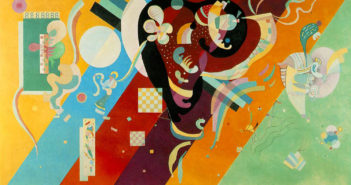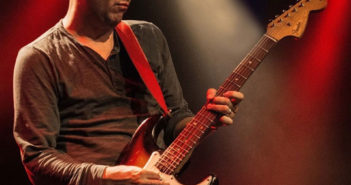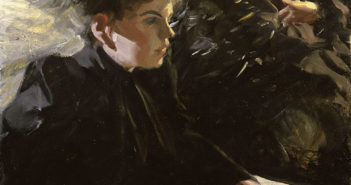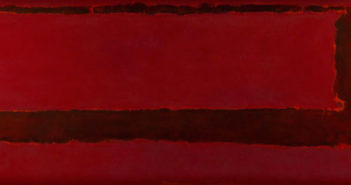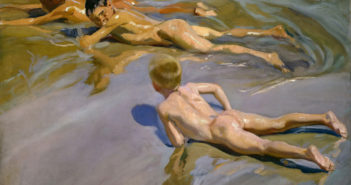
Destiny
By 1880, the crimes of twenty-five year-old Australian outlaw Ned Kelly had escalated from bank robbing and distributing funds to the poor to gunfights and police killings. He and his gang of bushrangers — escaped convicts with the survival skills to hide in the outback — roamed rural Victoria, both terrorizing and inspiring settlers. At the climax of their rampage, Kelly’s myth went supernova when he made a suit of armour out of iron plough parts and wore it to what would be his last siege. Still, Ned was shot by police, captured and eventually hanged.

